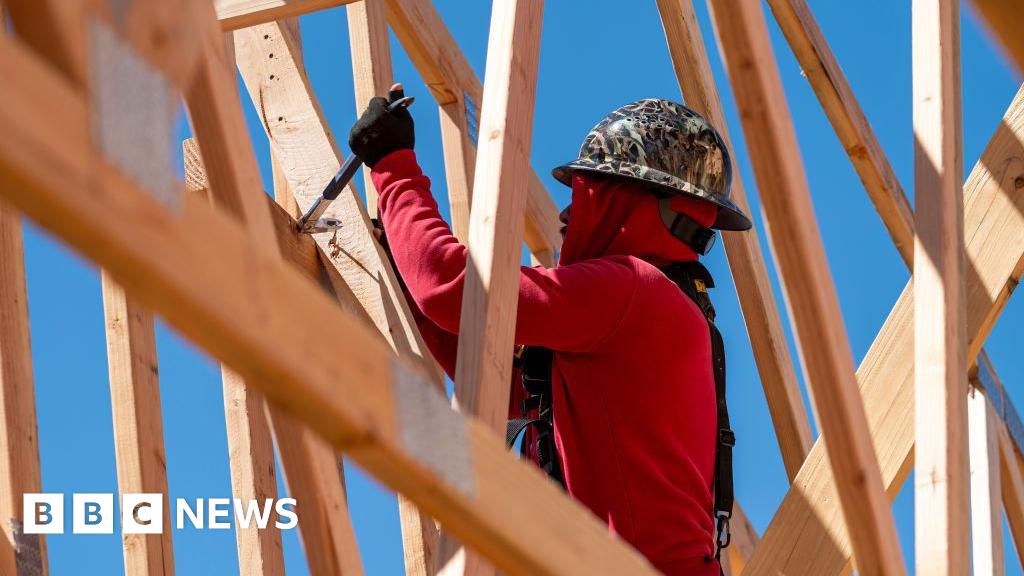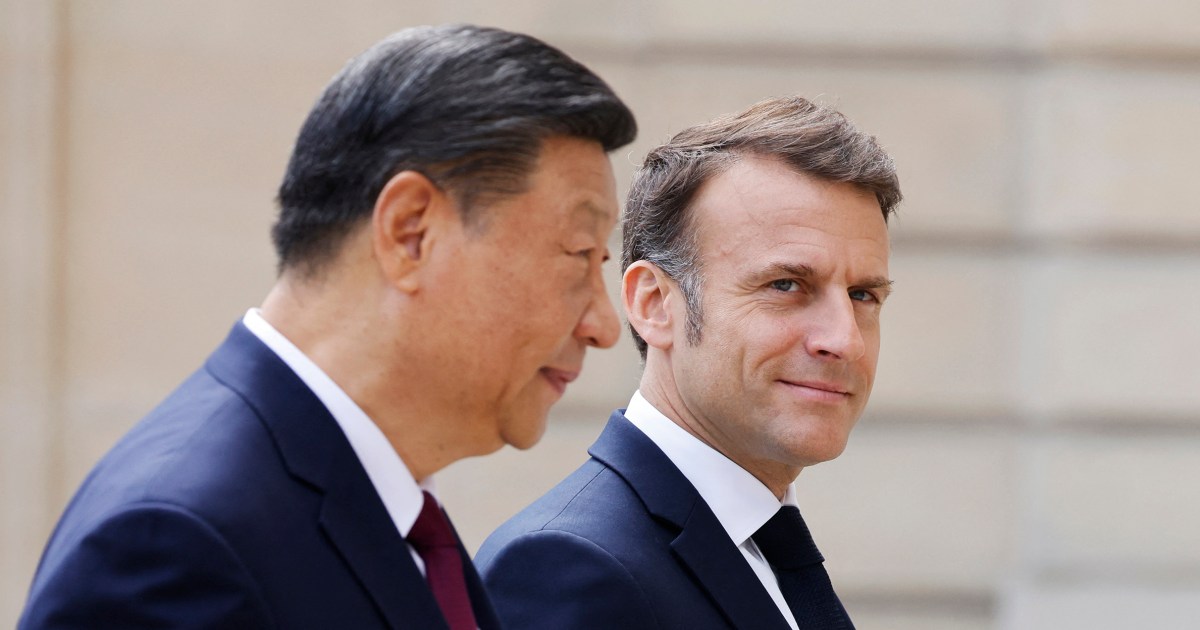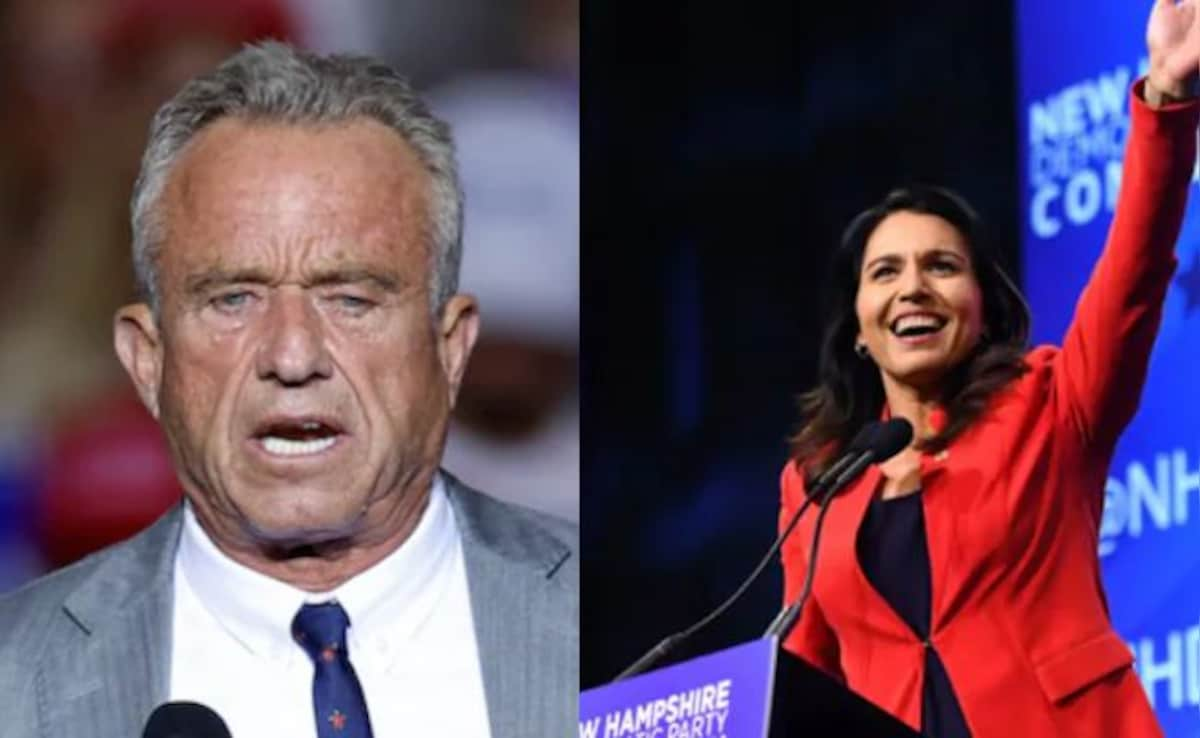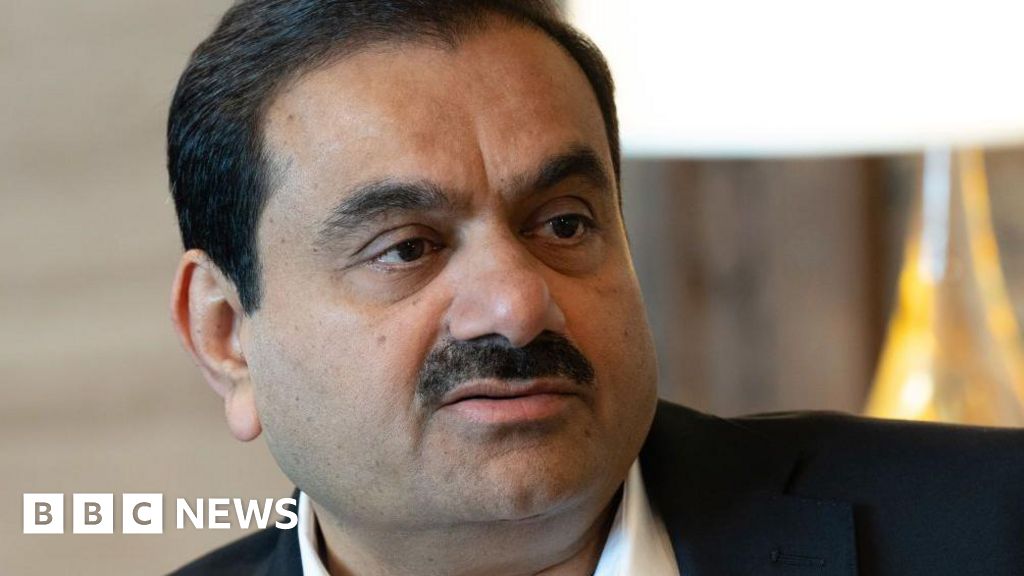World
US inflation cools to slowest pace in a year

Price rises in the US cooled in June, building hopes that the world’s largest economy is moving on from the bout of high inflation that hit after the pandemic.
Prices rose 3% over the 12 months to June, as lower petrol prices helped to deliver the slowest price inflation in a year, the Labor Department said.
It marked the third month in a row that inflation has fallen, easing financial pressures on households and potentially clearing the way for the US central bank to cut interest rates as soon as September.
The Federal Reserve’s key lending rate has stood at more than 5.3%, a roughly two-decade high, since last year.
Fed officials say high borrowing costs are weighing on the economy, helping to reduce the pressures pushing up prices.
Analysts said the latest report could help to convince the bank that it has done enough to cure the problem.
From May to June, prices actually dropped 0.1% – the first outright monthly decline in years.
“The latest inflation numbers put us firmly on the path for a September Fed rate cut,” said Seema Shah, chief global strategist at Principal Asset Management.
The progress is welcome news for the White House, which has struggled with widespread economic dissatisfaction as the jump in living costs and interest rates squeeze households.
Over the past year, petrol prices and the cost of cars and appliances have fallen, but the cost of other staples has continued to rise.
Grocery prices are up 1.1% since June 2023, while housing costs have climbed 5.2%.
Last month, the increases in rents and prices for services such as veterinary treatment cooled, noted Greg McBride, analyst for Bankrate.com
“Shelter and services costs have been the long-standing and persistent trouble spots in the inflation readings but maybe the tide is starting to turn,” he said.
At hearings in Washington this week, Republican lawmakers warned Fed chairman Jerome Powell that a rate cut ahead of the November election would be perceived as trying to “gin up the economy” for the president.
Mr Powell refused to speculate about when the Fed would make its next move, but defended the bank’s political independence and said its decision would be rooted in the data.
He told lawmakers a cut was the most likely next step, noting that the bank was alert, not just to inflation figures, but also to signs that the economy was slowing.
“We’re very much aware that we have two-sided risks now and we’re determined to balance those as best we can,” he said. “We want to see more good inflation data and we also want to continue to see a strong labour market.”
In June, the US unemployment rate crept above 4% for the first time in more than two years.
Consumer spending, which is the main driver of the US economy, has also shown signs of weakening, as rising numbers of firms warn that households are cutting back.
Food giant Pepsi-Co became the latest to do so on Thursday.
In a quarterly update for investors, it reported that sales in its North America Frito-Lay and Quaker Foods units had fallen in the April-June period compared with last year. Overall, revenue was up about 1% globally.









